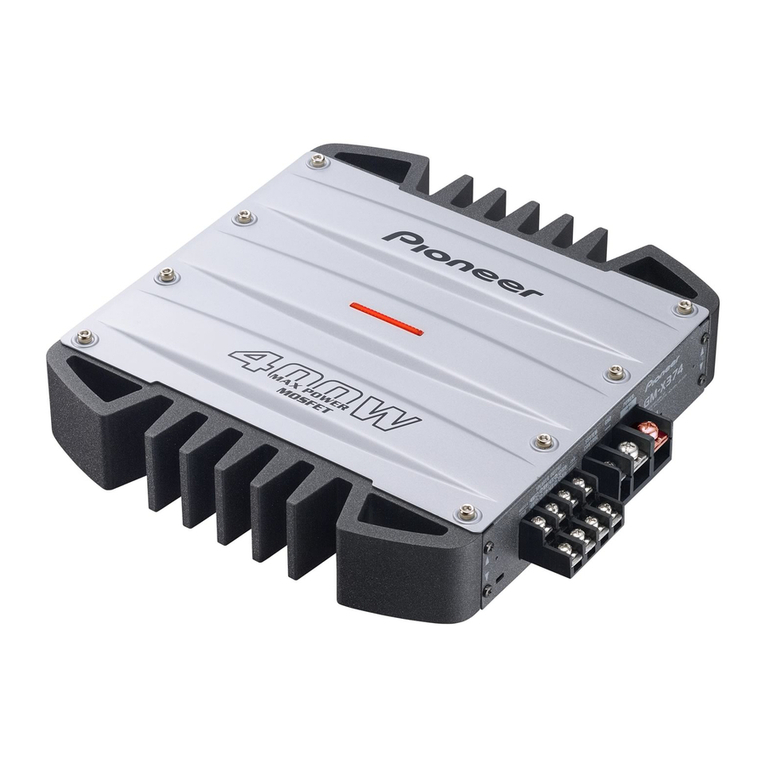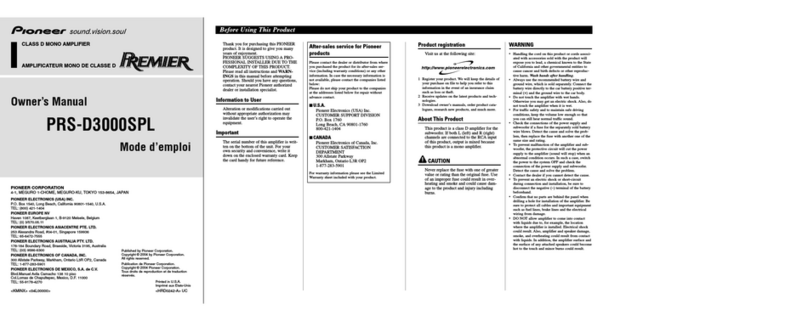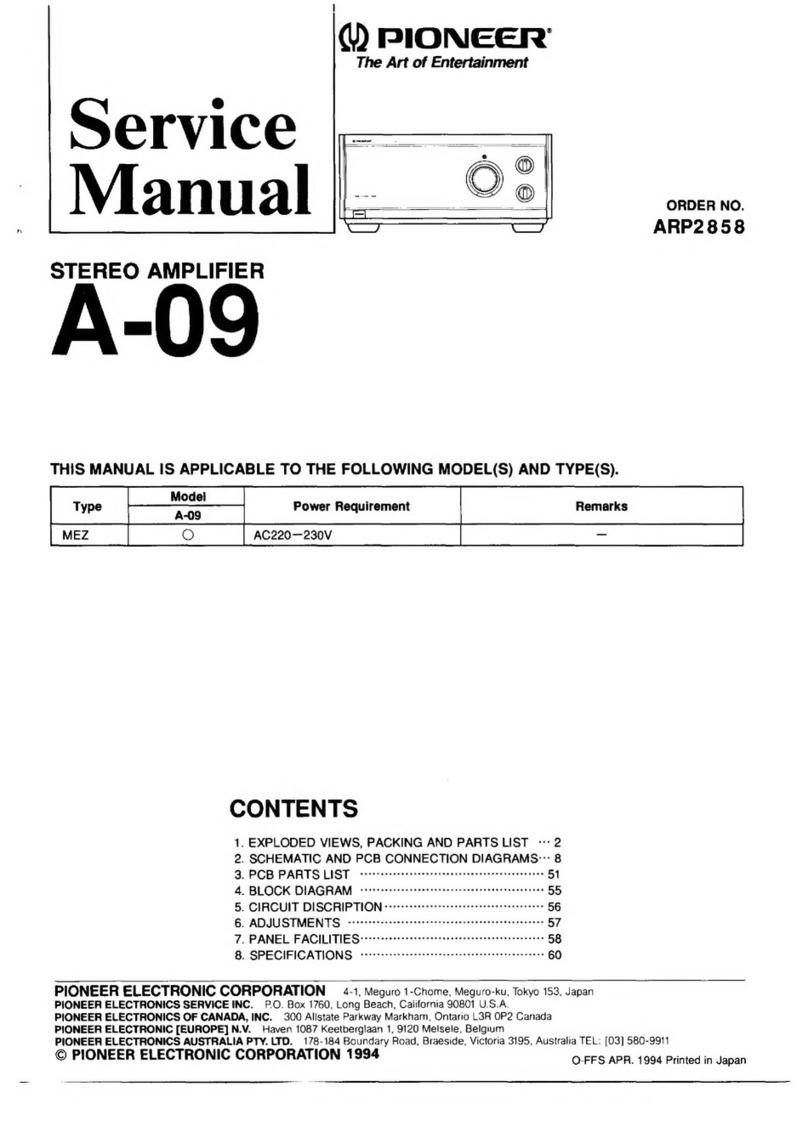Pioneer DC-Z92 User manual
Other Pioneer Amplifier manuals
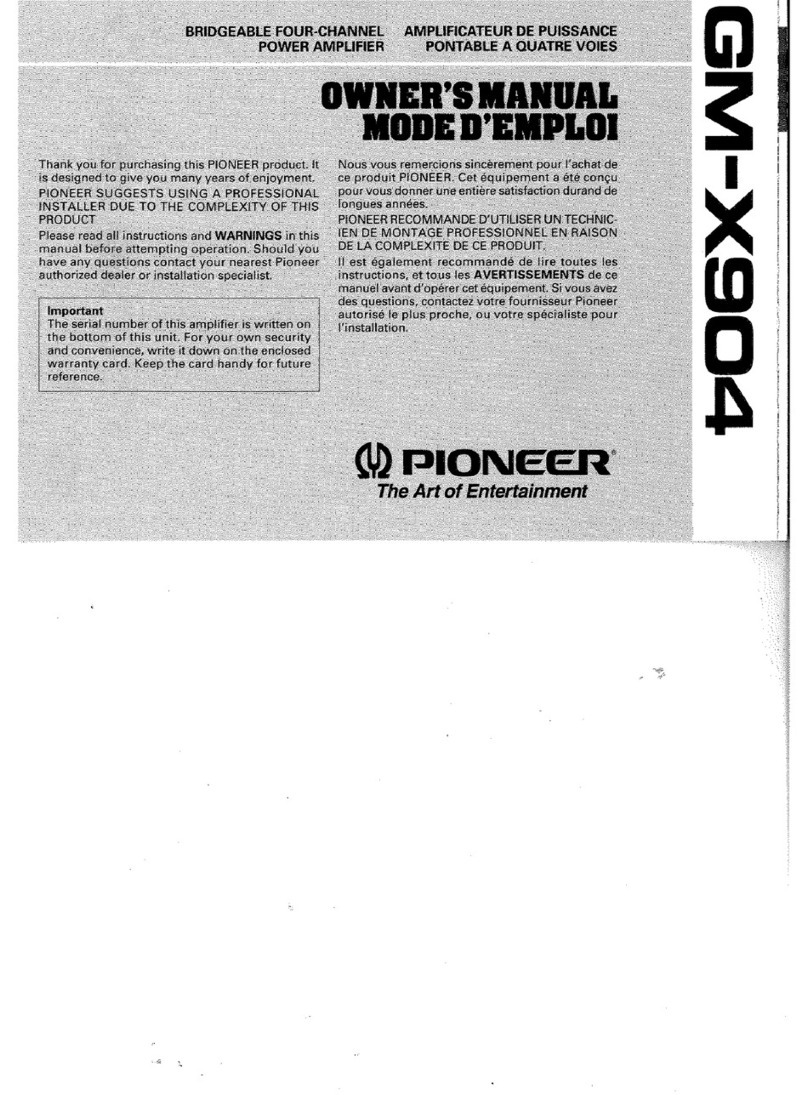
Pioneer
Pioneer GM-X904 User manual

Pioneer
Pioneer GM-202 User manual
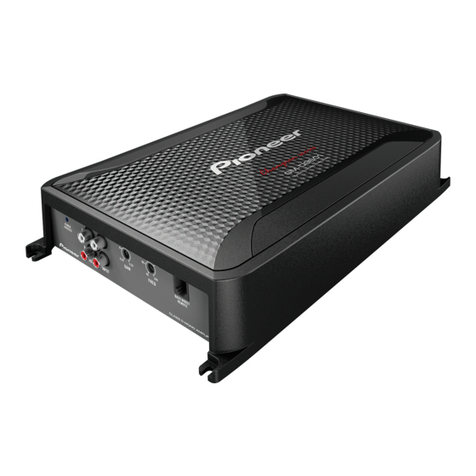
Pioneer
Pioneer GM-D8601 User manual
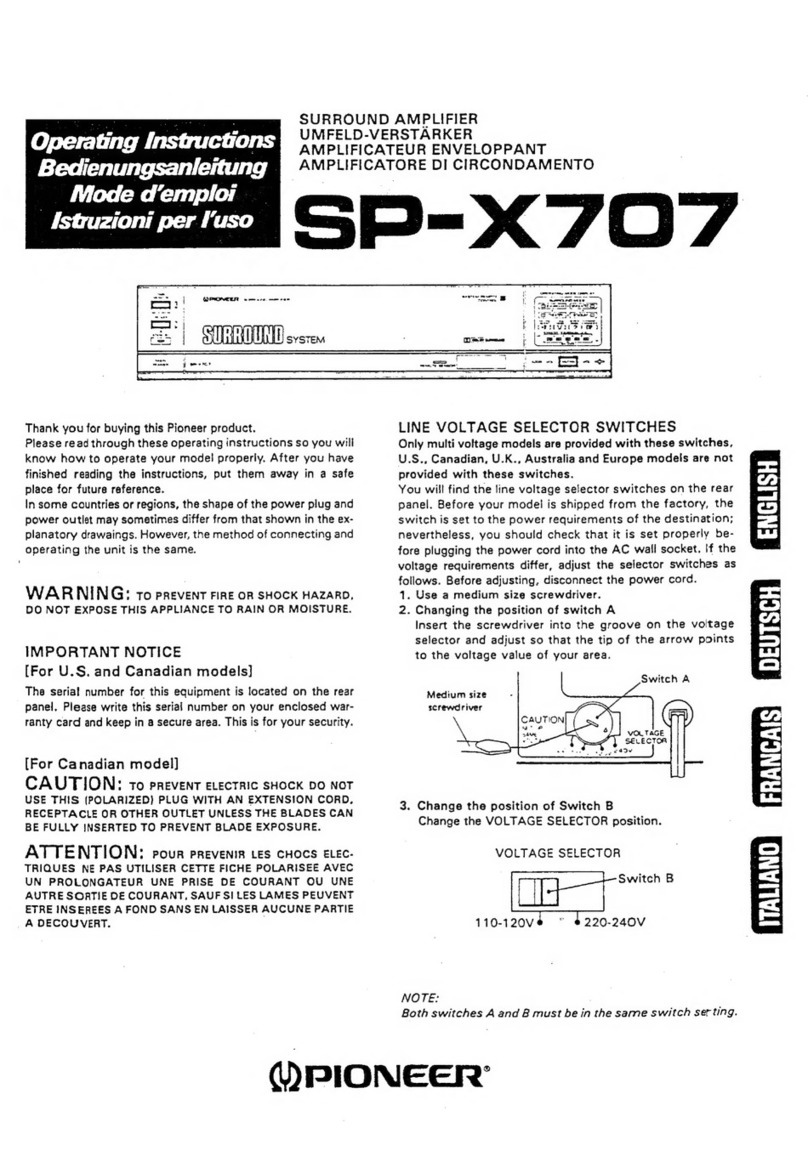
Pioneer
Pioneer SP-X707 User manual

Pioneer
Pioneer GM-3400 User manual

Pioneer
Pioneer Elite C-72 User manual

Pioneer
Pioneer SA-510HB User manual

Pioneer
Pioneer A-616 User manual

Pioneer
Pioneer VSA-E07 User manual

Pioneer
Pioneer GM 7200M - Amplifier - 500 Watts x 1 Installation manual

Pioneer
Pioneer C-AX10 User manual
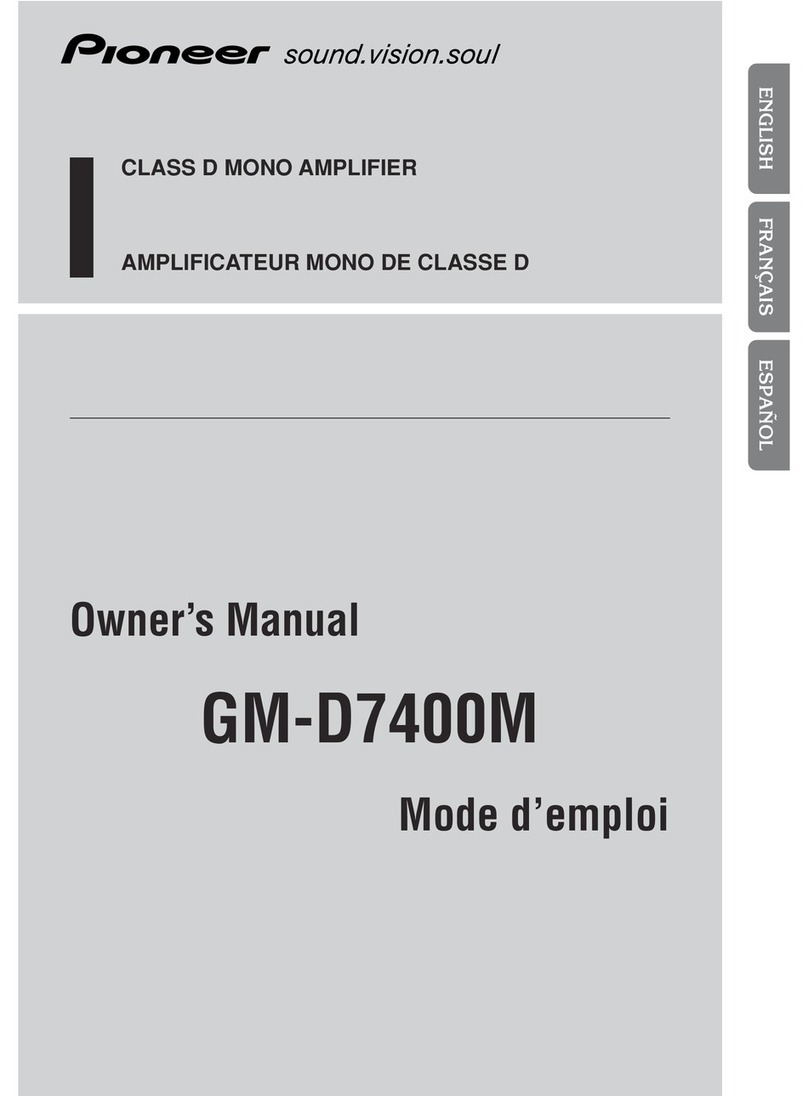
Pioneer
Pioneer GM-D7400M - Amplifier User manual
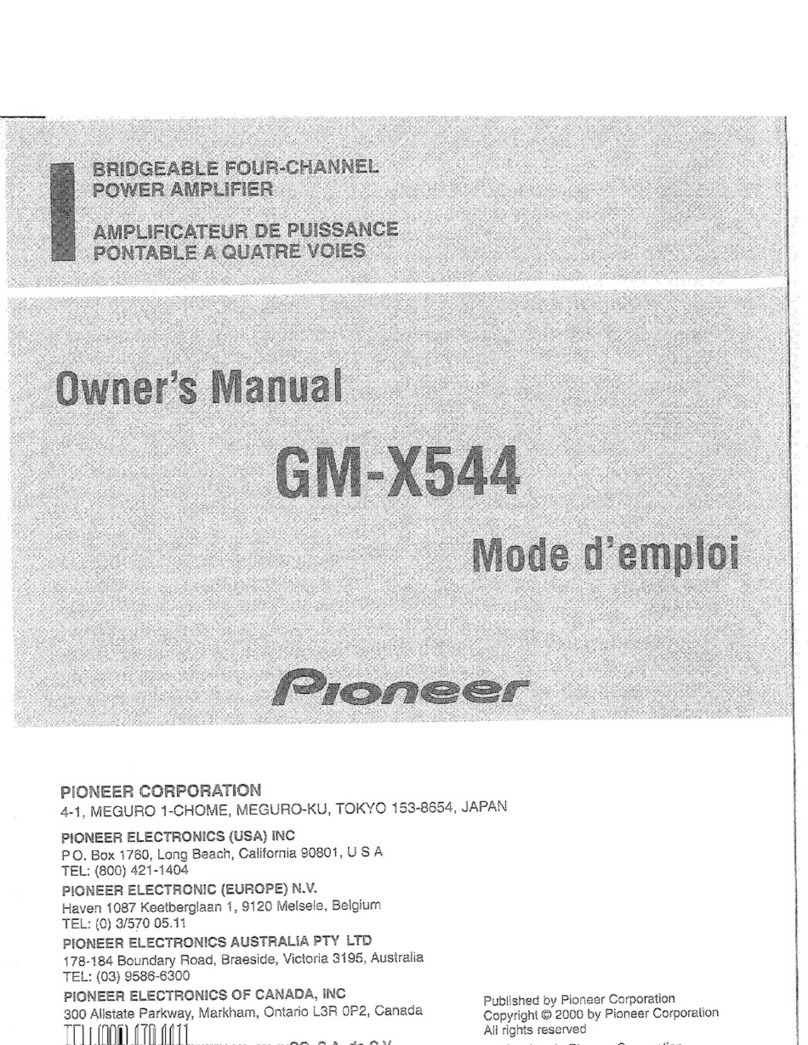
Pioneer
Pioneer GM-X544 User manual
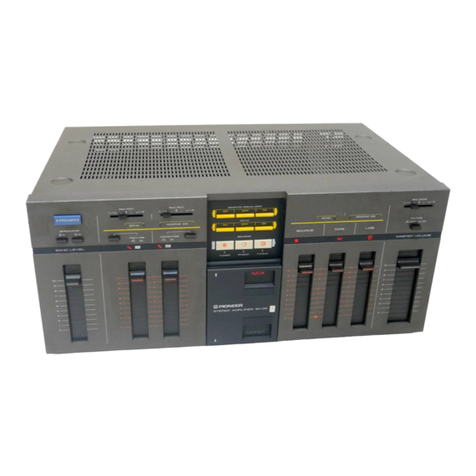
Pioneer
Pioneer SA-05 User manual
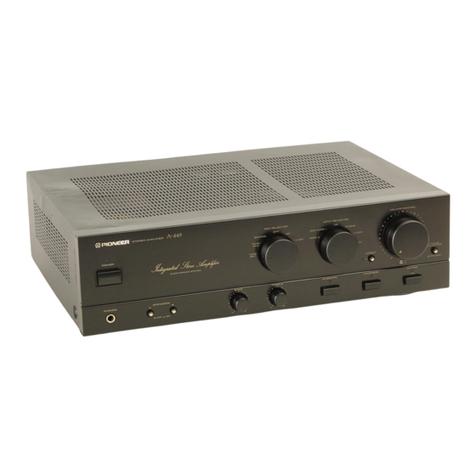
Pioneer
Pioneer A-449 User manual
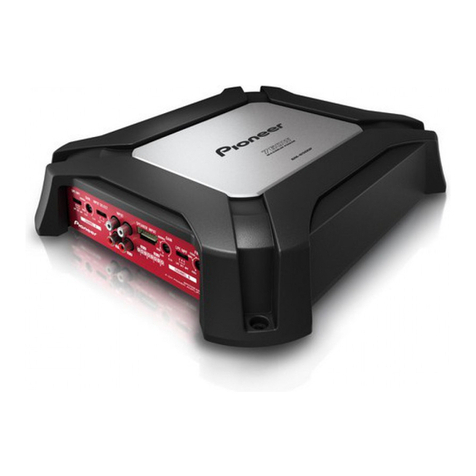
Pioneer
Pioneer GM-6500F/XZUC User manual
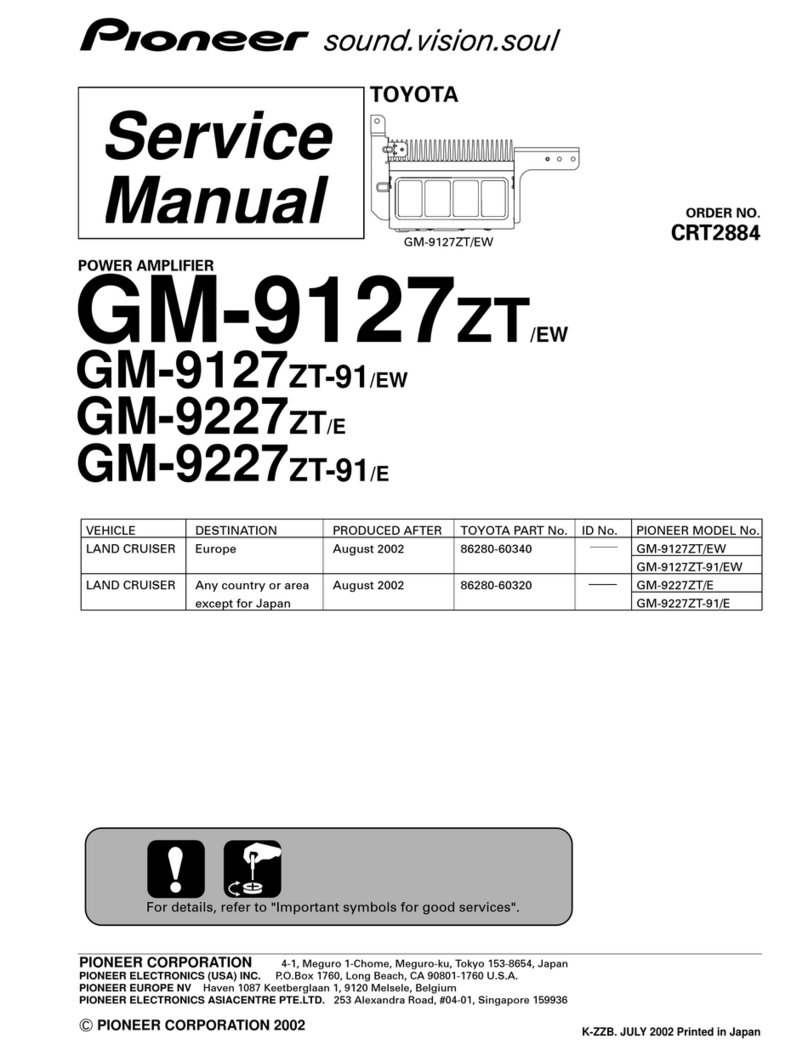
Pioneer
Pioneer GM-9127ZT User manual
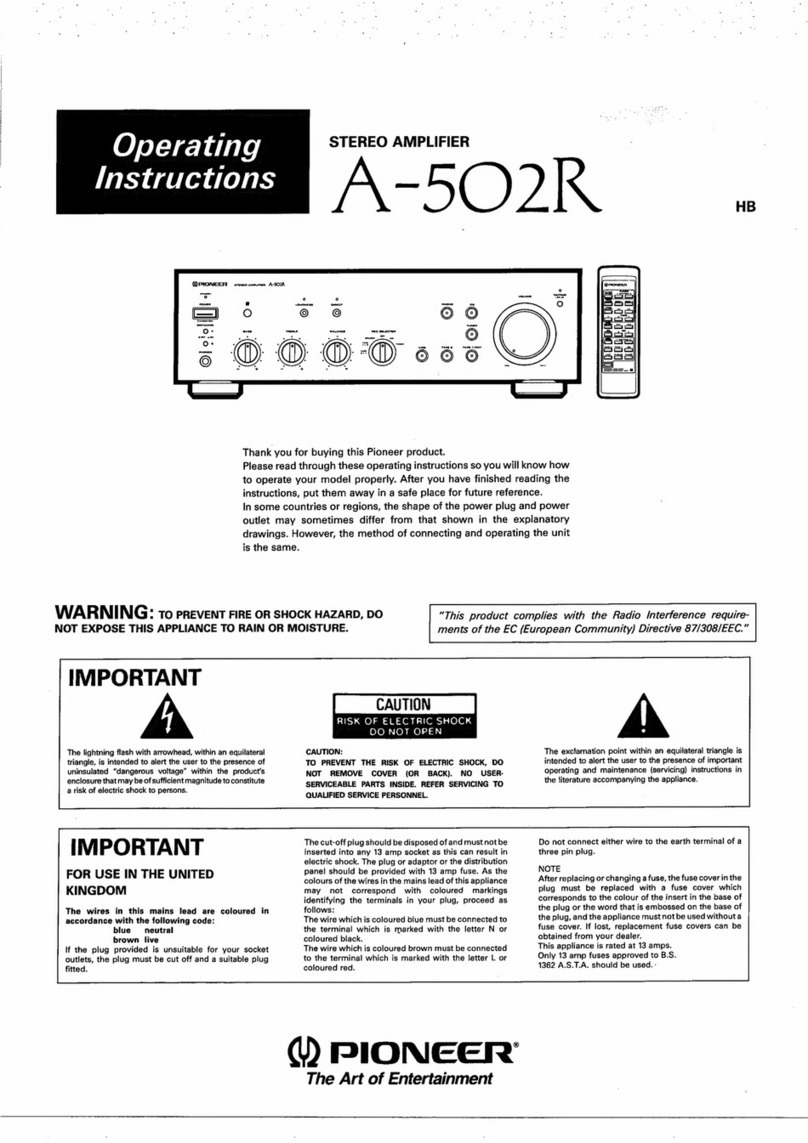
Pioneer
Pioneer A-502R User manual
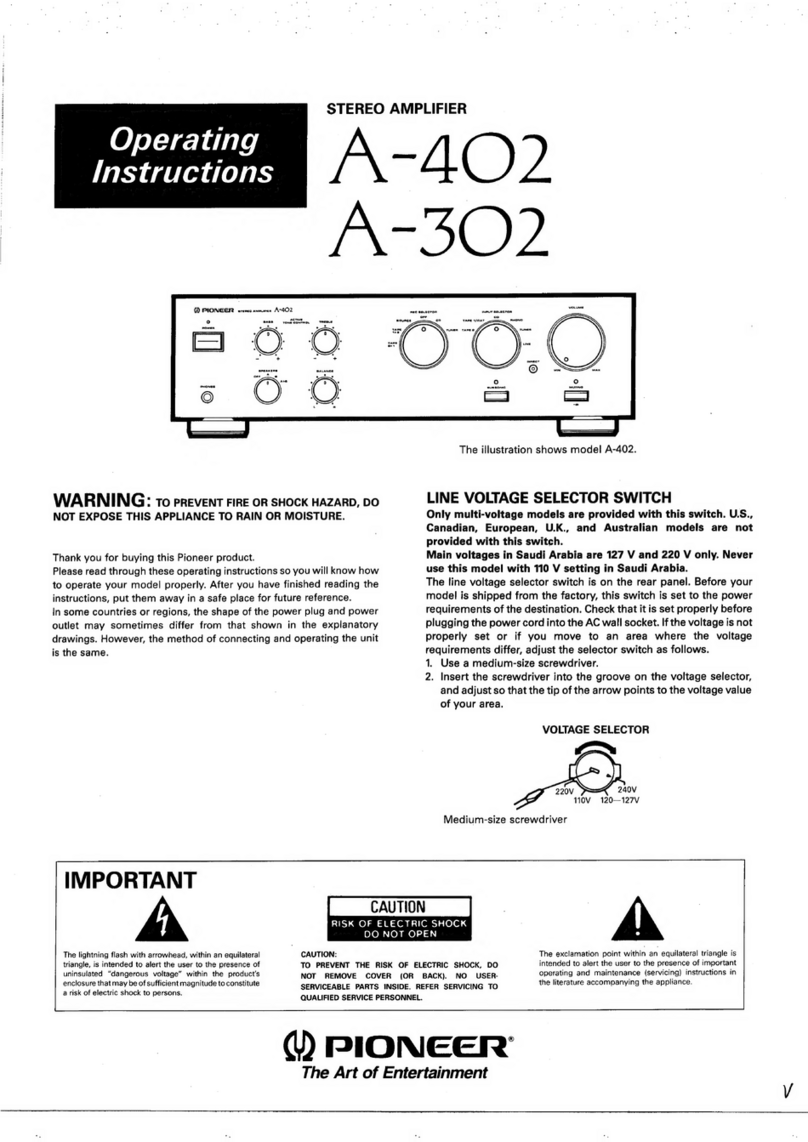
Pioneer
Pioneer A-402 User manual
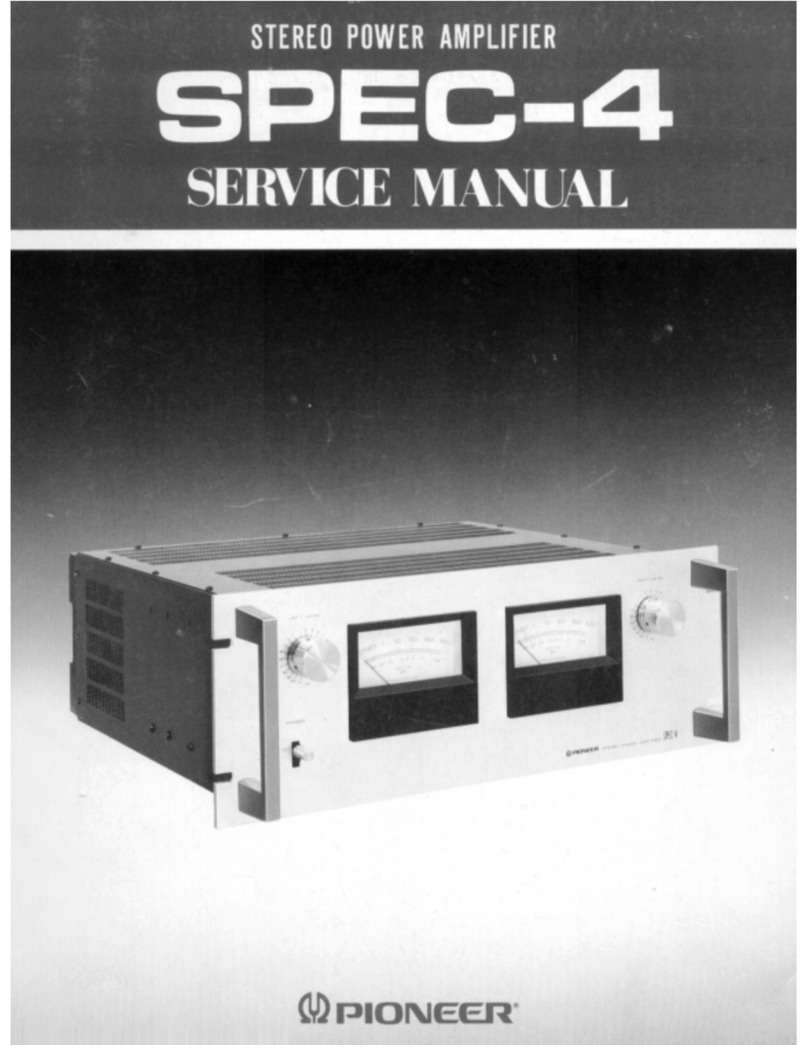
Pioneer
Pioneer SPEC-4 User manual
